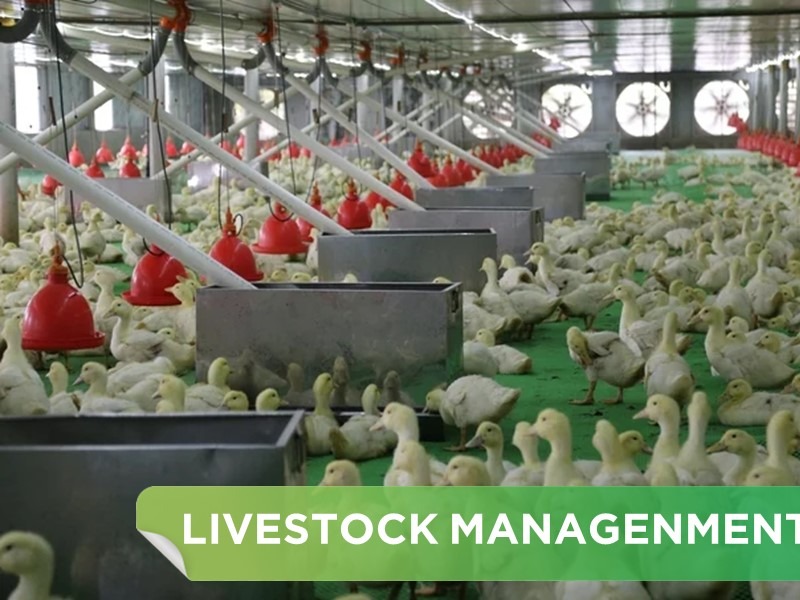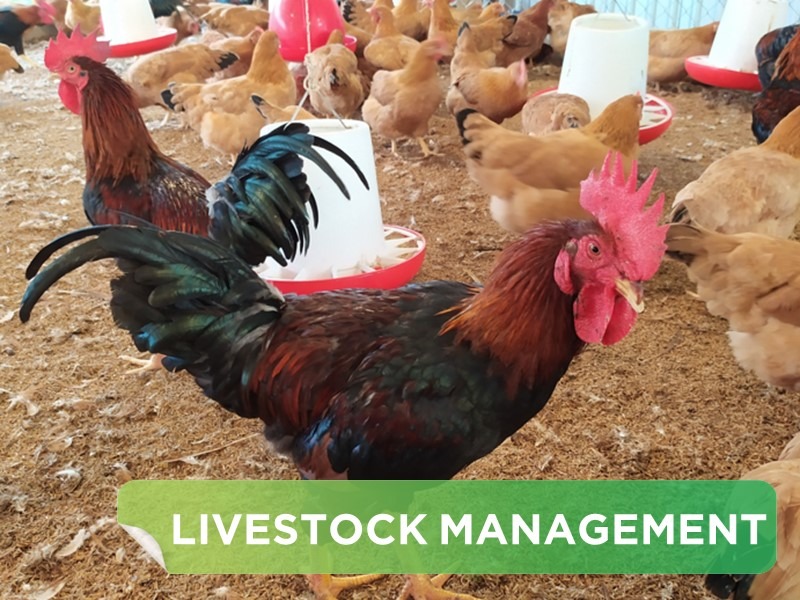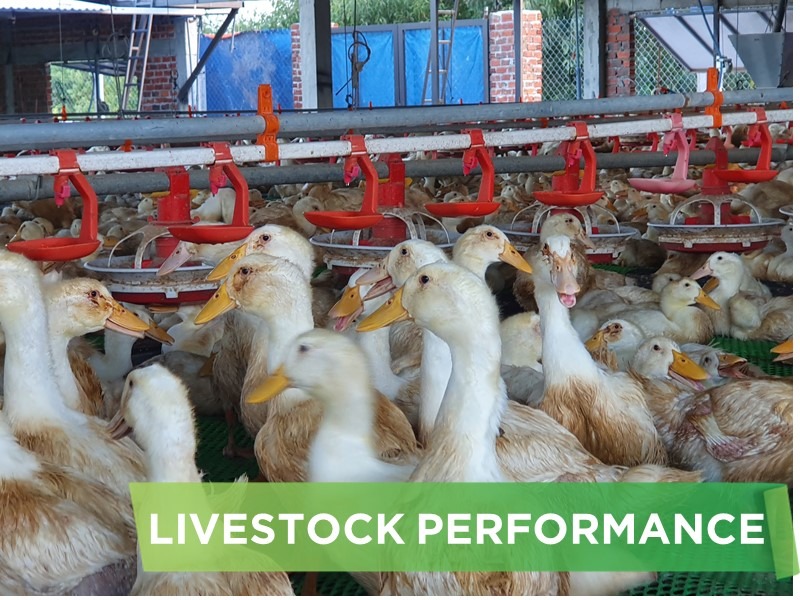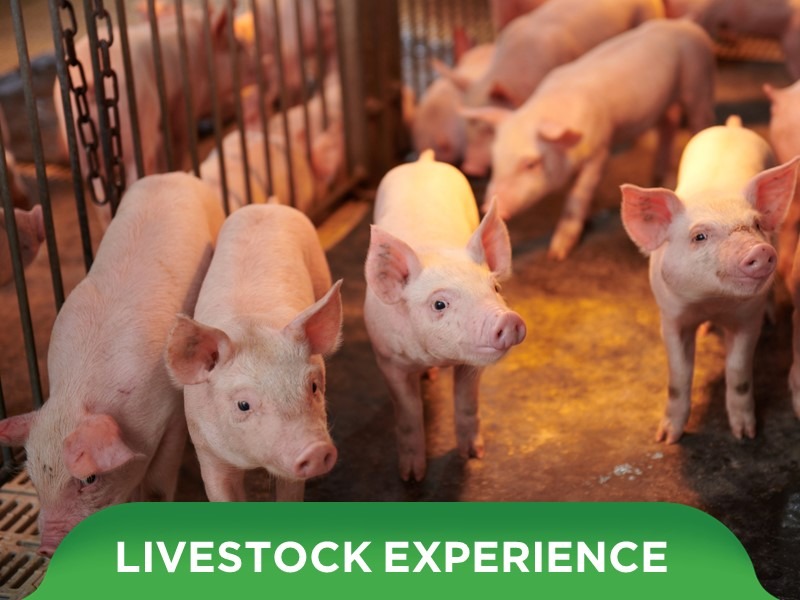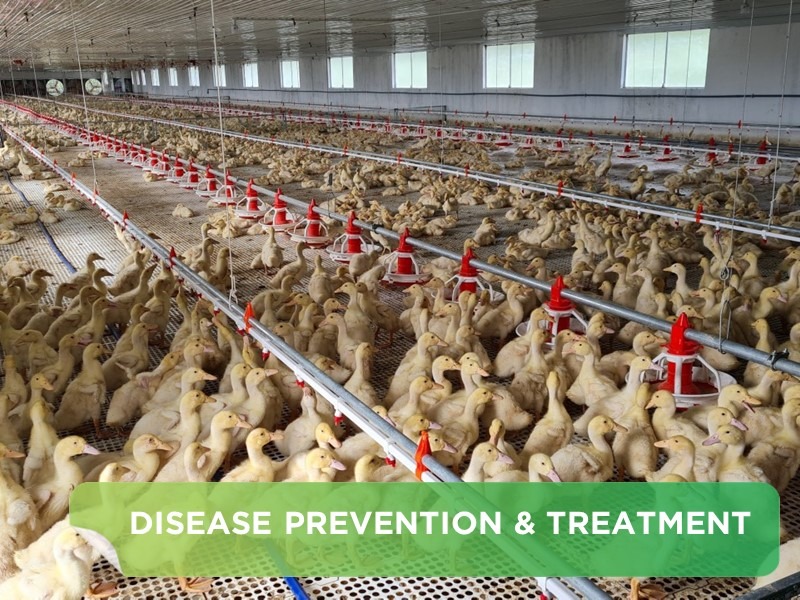Biosecurity in pig farming is the key to disease prevention, protecting the health of livestock and improving economic efficiency. Join GREENFEED to learn about the standard biosecurity process to help pig farms operate sustainably.
In the context of increasingly complex epidemics, biosecurity (BS) in pig farming has become a key factor determining the survival of livestock herds. Applying the correct biosecurity process not only protects the health of the pig herd but also helps minimize economic risks, improve production efficiency and ensure food safety.
So what is biosecurity in pig farming?
Biosecurity is a set of measures to prevent the entry, spread and spread of pathogens on the farm. Including activities to control people, vehicles, supplies, food, veterinary medicine, pig import and export, harmful insects and living environment. In which, human awareness and correct actions are the decisive factors for the effectiveness of ATSH implementation.
To implement ATSH in pig farming, 3 factors are needed:
- Having adequate and well-functioning facilities.
- Having an implementation process.
- Having enforcement supervision.
Areas requiring biosafety control
According to Greenfeed Vietnam's instructions, there are 6 key areas that need to be strictly controlled:
1. Car wash station: divided into 2 stations according to the purpose of use to control and avoid cross-infection:
Station 1: Sanitation and disinfection applied to people and pig transport vehicles, manure transport vehicles.
Station 2: Sanitation and disinfection applied to people and feed vehicles, material delivery vehicles, passenger vehicles, shuttle vehicles, and staff vehicles.
2. Farm gate area
3. Living area
4. Bathroom area before entering the farm
5. Breeding area
6. Pig export area & waste treatment (Biogas, manure, pig carcass treatment, placenta)
Basic principles of biosecurity in pig farms
1. Clear clean - dirty zoning
“Clean area” and “dirty area” are relative concepts:
→ Areas with higher biosecurity levels are called clean areas (breeding areas).
→ Areas with lower biosecurity levels are dirty areas (gate areas, living areas).
The paths (doors, corridors, gates) connecting these areas must clearly distinguish between clean and dirty areas, to control the risk of infection.
2. One-way movement
People, pigs, supplies, vehicles, etc. when moving from areas with lower biosecurity levels to higher areas must go through a strict disinfection process.
For pig sales, waste treatment, the movement of people, pigs, and tools must be in one direction only, absolutely prohibiting turning around or going in the opposite direction to avoid contamination of pathogens from dirty areas to clean areas.
3. Effective disinfection
Choose the right chemicals and appropriate disinfection methods.

Use the appropriate dosage for each disinfection object.
There must be enough contact time for the disinfectant to take effect in killing pathogens.
4. Check & Monitor the implementation of ATSH
- Objective: ensure that the biosafety management process is implemented seriously and according to standards.
- Strict supervision must be carried out through the following forms:
- Surveillance cameras, images demonstrating disinfection hygiene.
- Farm entry and exit records, hygiene - disinfection monitoring books.
- Assign cross-checkers (two-person mode).
- Periodic sampling.
All entry and exit pose risks.
General principles of entry control: All elements require time to be cleaned of pathogens using appropriate disinfection methods for the objects. Output follows the one-way movement principle to avoid contamination from outside into the farm.
Input: Staff, Feed, Supplies, Equipment, Insects, Semen, Imported Pigs (Gilts, Boars, Weaners),…
Output: Selling weaned pigs, meat pigs, pigs, wastewater, pig manure, carcasses & placentas,…
Controlling vehicles entering the farm
Step 1: Spraying with a pressure washer.
Step 2: Spraying soap.
Step 3: Rinse and let dry.
Step 4: Clean the cabin with alcohol, disinfect with UV and Ozone.
Step 5: Spray Donacide disinfectant for the first time.
Step 6: Spray Donacide disinfectant for the second time (at least 30 minutes after the first time), let the vehicle move.
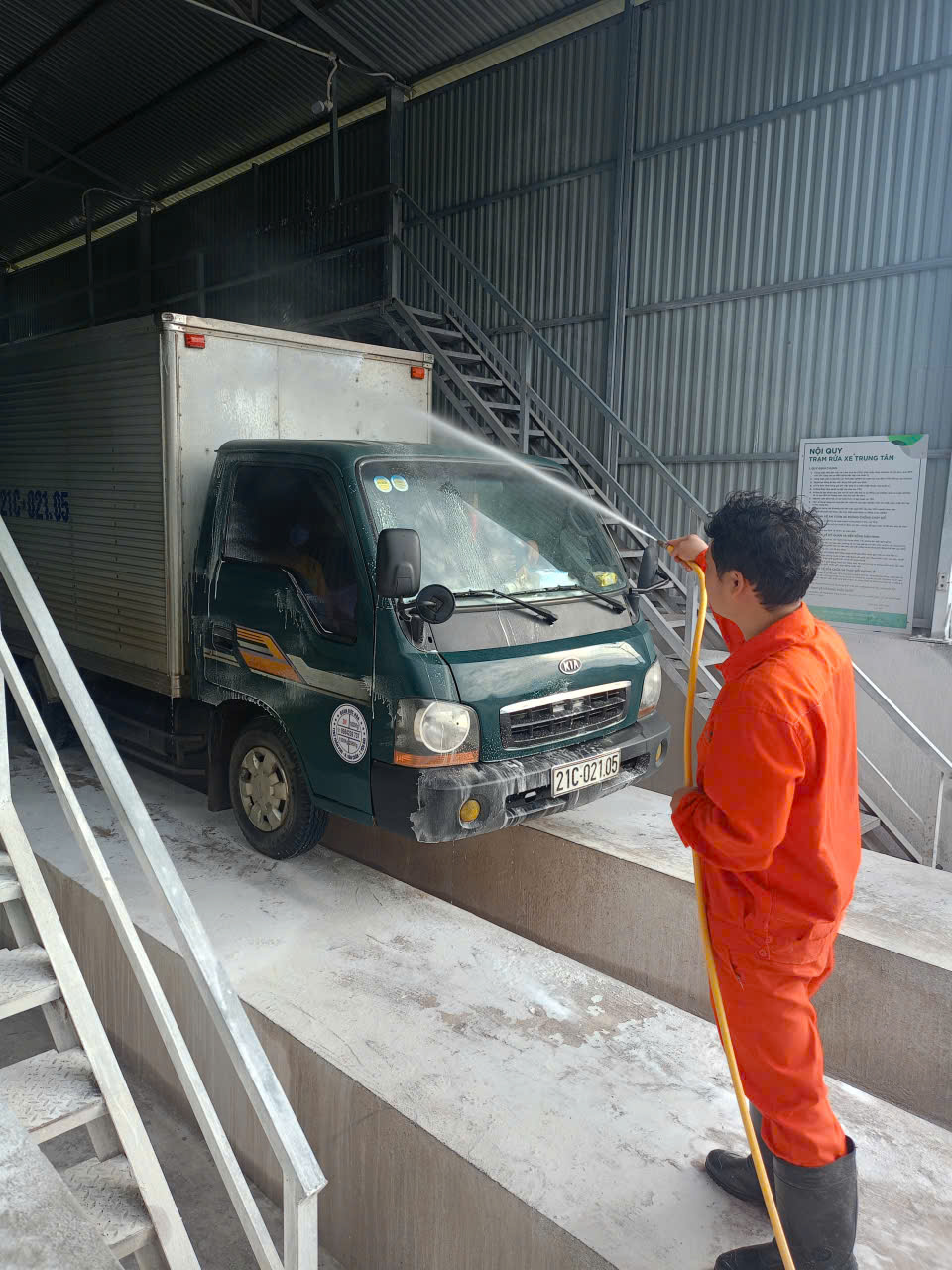
Controlling people and items entering the farm
Steps:
Step 1: Leave shoes outside and then go barefoot into the room shower.
Step 2: Take off your clothes, put them in the closet/hang them in the changing area.
Step 3: Go through the zigzag with the automatic soap-water spray nozzle.
Step 4: Shower with antibacterial soap (Lifebuoy).
Step 5: Use clean clothes and slippers prepared by the camp.
Step 6: Disinfect your phone, wallet and personal belongings with UV or Ozone, soak your clothes with Donacide disinfectant before washing.
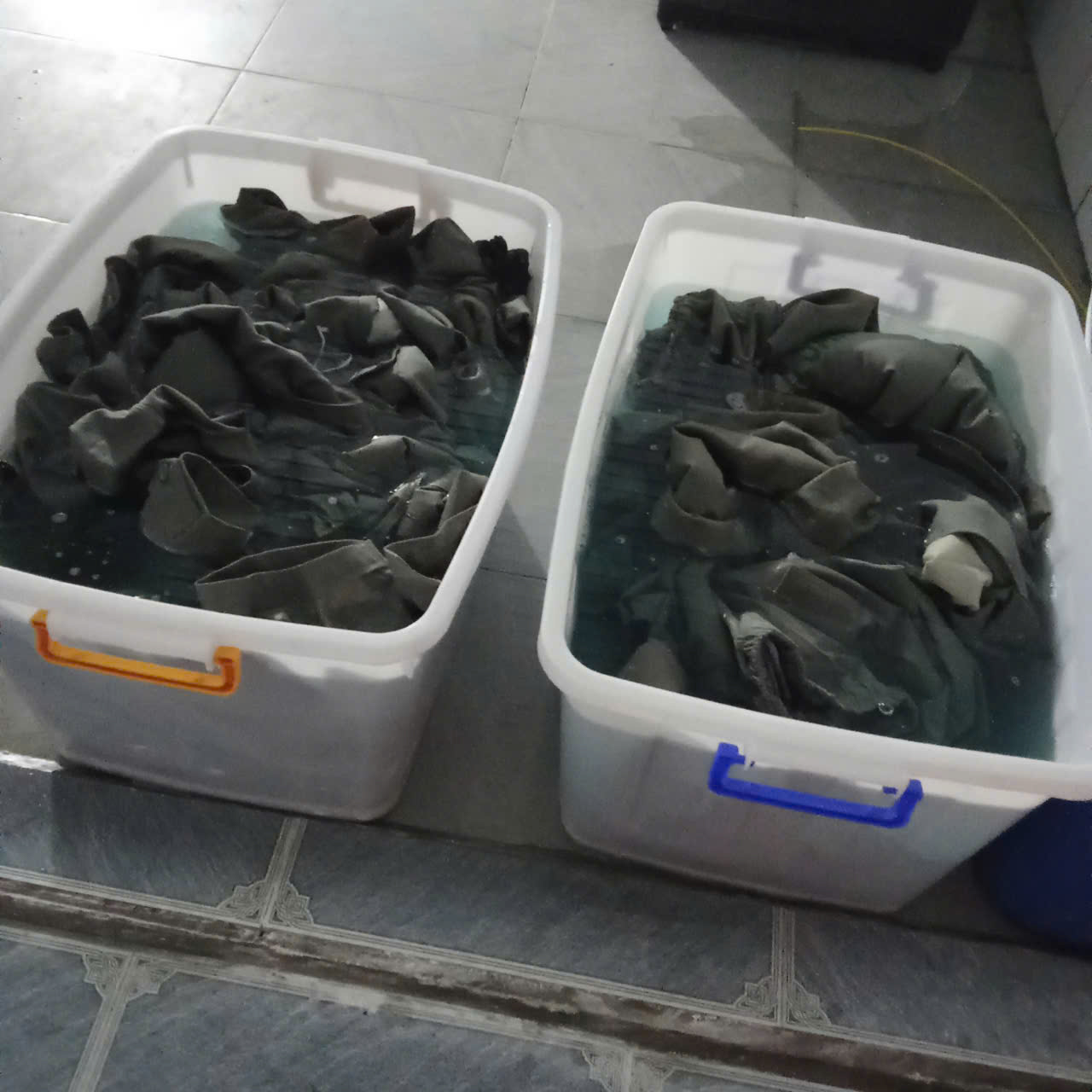
• Note: Prohibited foods to bring into the camp:
+ Meat or products derived from buffalo, cow, pig, deer, goat, sheep.
+ Products containing lard, beef fat, lamb fat, meatballs and deep-fried products.
Control of supplies, food, veterinary medicine and pig semen
• Supplies: classified and treated with disinfectants, UV, Ozone.
• Food: classified and treated with UV or Ozone.
• Veterinary medicine: remove packaging, disinfect each bottle/surface of the medicine package.
• Pig semen: spray alcohol on the semen tube, transfer to a specialized container.
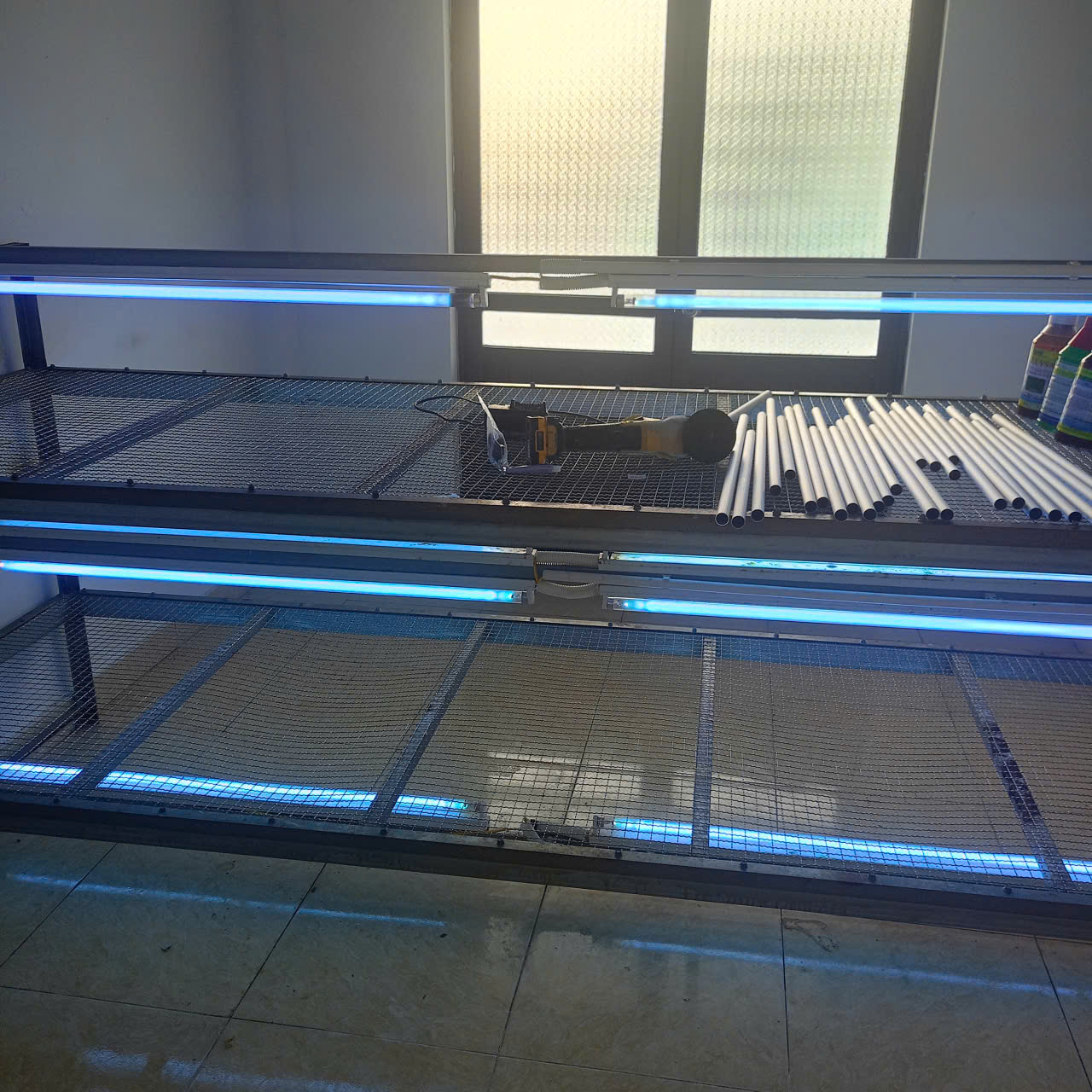

Control living area, pests
• Living area, kitchen, dining room: clean and tidy.
• Spray disinfectant periodically.
• Exterminate insects periodically.
• Exterminate rats periodically.
• Sort garbage & handle promptly.
Control livestock area - cut off the source of infection on site
• Apply the "all in - all out" method.
• Clean empty pens: use detergent & spray with clean water, spray disinfectant, spray lime water.
• Isolate gilts for at least 21 days.
• Inject with new needles, tools must be thoroughly disinfected.
Control pig export area - avoid pathogens from outside the farm
• It is recommended that the pig delivery point is located outside the farm area, using internal transfer vehicles.
• Vehicles purchasing pigs must undergo a strict disinfection process.
• Participants in the sale and transfer vehicles must comply with disinfection and quarantine before returning to the barn area.
• Absolutely do not allow rejected pigs to return to the barn.
Having adequate facilities and strictly implementing the steps in the biosecurity process in pig farming is the key to protecting the pig herd from disease, maintaining farming efficiency and ensuring the quality of output products. In the context of the increasingly modernized livestock industry, ATSH is no longer an option but has become a mandatory requirement for every farm.
